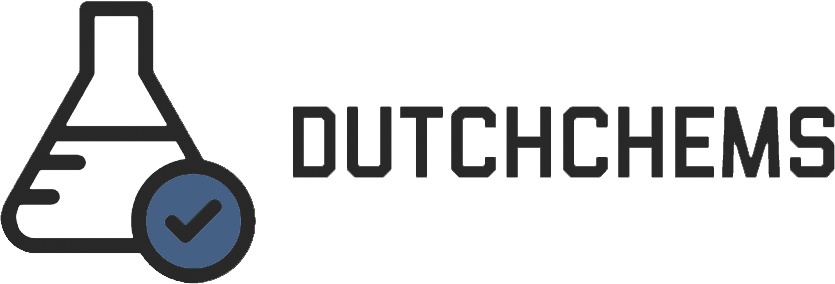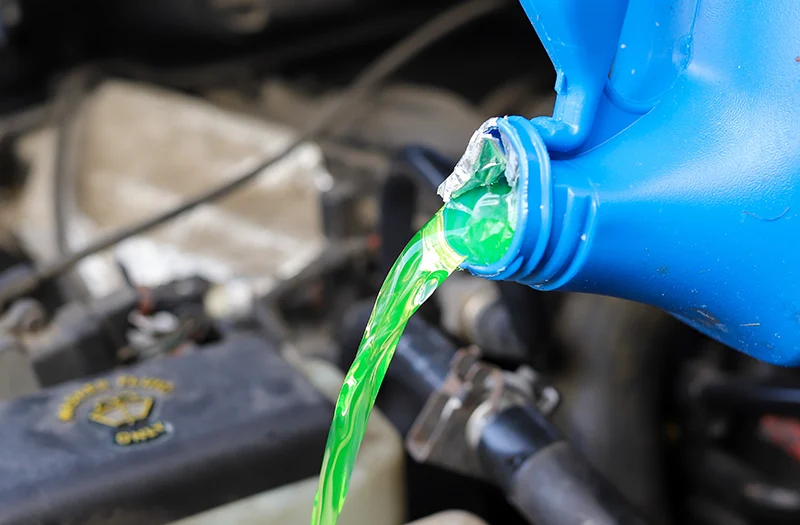How do you lye wood?
Wood lyeing is a process where wood is treated with a caustic solution such as sodium hydroxide or potassium hydroxide to remove impurities and give it an aged appearance. This step-by-step process involves preparing the wood, applying the lye solution, neutralizing and rinsing, and drying and finishing. Safety precautions are essential due to the toxicity of the lye. Although it can produce beautiful results, there are disadvantages such as the loosening of wood joints, the need for sanding, and the unsuitability of MDF and chipboard. Follow the guidelines carefully for a safe and successful result.


